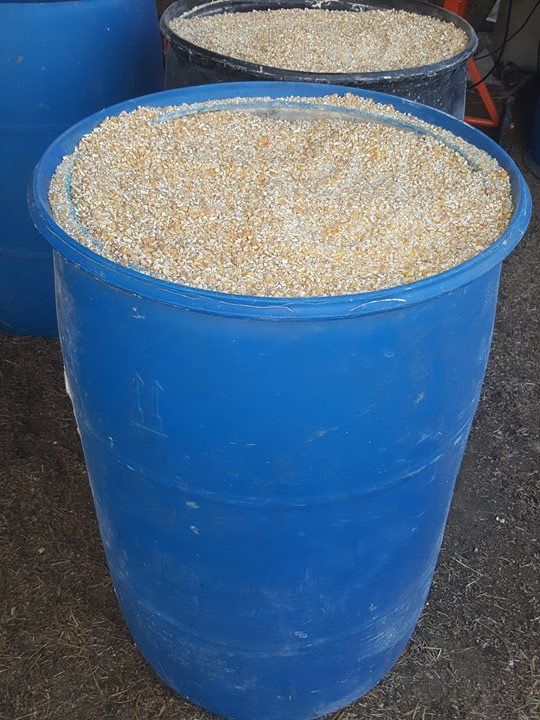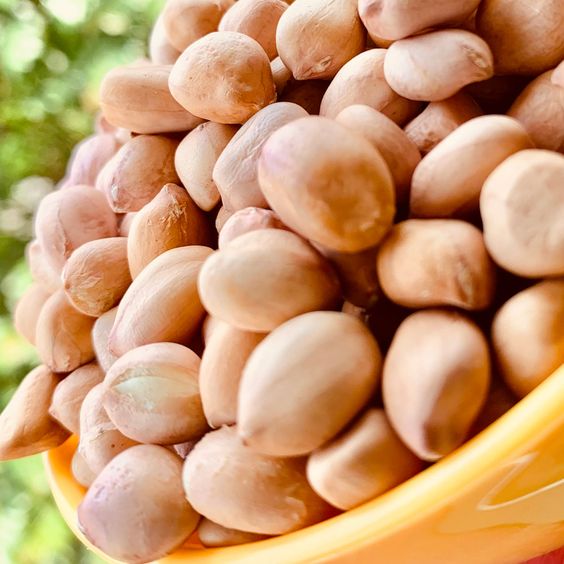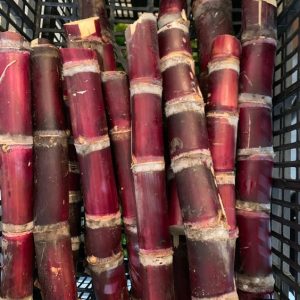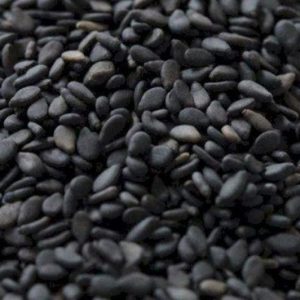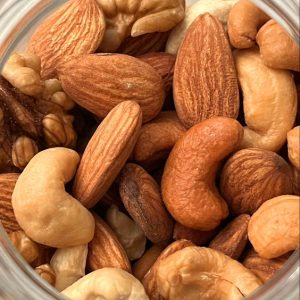Groundnuts
Description
Groundnuts (Peanuts) Specifications:
1. Physical Characteristics:
- Appearance: Oval-shaped seeds encased in a thin, light-brown shell; the seeds can be pale yellow to reddish-brown in color.
- Moisture Content:
- Maximum: ≤ 10%.
- A lower moisture content is crucial to prevent spoilage and mold growth.
2. Nutritional Composition (per 100g):
- Energy: Approximately 567 kcal.
- Protein: 25% to 30%.
- Total Fat: 49% (primarily unsaturated fats).
- Carbohydrates: 16%.
- Dietary Fiber: Approximately 8%.
3. Chemical Composition:
- Crude Protein:
- Range: 25% to 30%.
- High protein content makes groundnuts a valuable source of plant-based protein.
- Crude Fat:
- Range: 40% to 50%.
- High-fat content primarily consists of healthy fats, including monounsaturated and polyunsaturated fats.
- Crude Fiber:
- Range: 8% to 12%.
- Important for digestive health.
4. Fatty Acid Composition:
- Saturated Fat: Approximately 15%.
- Monounsaturated Fat: Approximately 50% (predominantly oleic acid).
- Polyunsaturated Fat: Approximately 35% (includes omega-3 and omega-6 fatty acids).
5. Mineral Content:
- Calcium: Approximately 92 mg.
- Iron: Approximately 4.6 mg.
- Magnesium: Approximately 168 mg.
- Phosphorus: Approximately 376 mg.
- Potassium: Approximately 705 mg.
6. Vitamins:
- Vitamin E: Approximately 8.3 mg (an antioxidant).
- B Vitamins: Good source of several B vitamins, including niacin, thiamine, and folate.
7. Packaging:
- Type: Typically packaged in 25 kg, 50 kg, or 100 kg bags for bulk sale; smaller retail packages are also common.
- Material: Use of food-grade, moisture-resistant materials to protect against spoilage.
8. Storage Conditions:
- Temperature: Store in a cool, dry place, ideally below 20°C.
- Humidity: Keep humidity levels low (below 70%) to prevent mold growth and rancidity.
9. Applications:
- Food Products: Used in a variety of snacks, peanut butter, sauces, and confections.
- Animal Feed: Groundnut meal is often used in livestock feed due to its high protein content.
- Oil Extraction: Groundnuts are processed to produce peanut oil, widely used in cooking and food production.
10. Quality Grades:
- US Fancy: Highest quality; uniform size and color, free from defects.
- US No. 1: Good quality; may have slight defects.
- US No. 2: Lower quality; more defects and variability.
11. Regulatory Compliance:
- Food Safety Standards: Must comply with local and international regulations regarding food safety and quality.
- Labeling Requirements: Adhere to legal requirements for allergens (peanuts are a common allergen).
12. Pesticide Residues:
- Compliance with maximum residue limits (MRLs) for pesticides as per regulatory standards.
Groundnuts are a highly nutritious and versatile food source, rich in protein and healthy fats. Their applications range from direct consumption to oil extraction and animal feed. Proper handling, storage, and adherence to specifications are essential for maintaining the quality and safety of groundnuts throughout their lifecycle.

